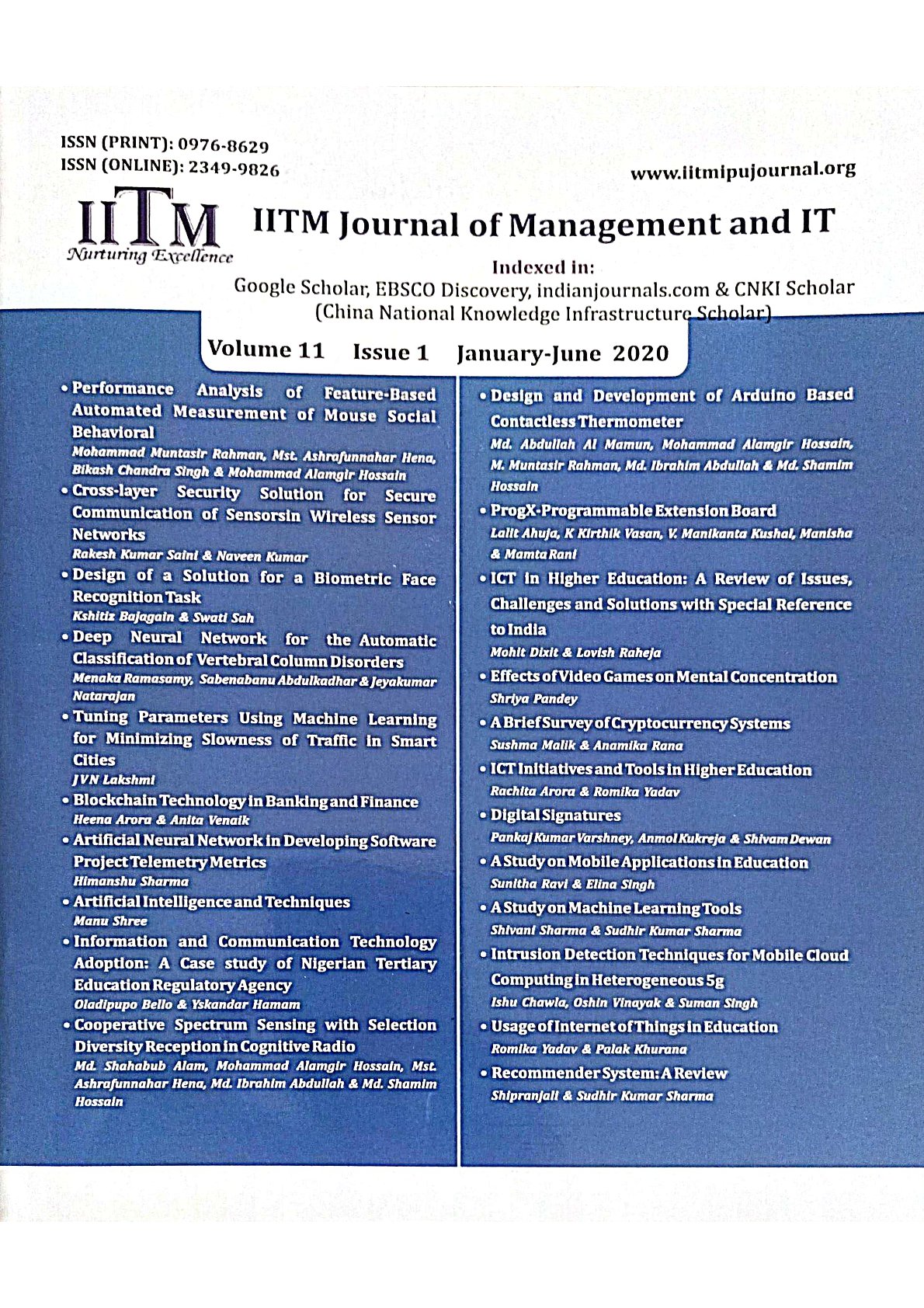Digital Signatures
Main Article Content
Abstract
There are different types of encryption techniques used to ensure the privacy of data transmitted over internet. Digital Signature is a mathematical scheme that ensures the privacy of conversation, integrity of data, authenticity of digital message/sender and non-repudiation of sender. Digital Signature is embedded in some hardware device or also exits as a file on a storage device. Digital Signature are signed by third party some certifying authority. This paper describes the different key factor of digital signature with the working, through various methods and procedures involved in signing the data or message by using digital signature. It introduces algorithms used in digitalsignatures. Many traditional and newer businesses and applications have recently been carrying out enormous amounts of electronic transactions, which have led to a critical need for protecting the information from being maliciously altered, for ensuring the authenticity, and for supporting nonrepudiation. Just as signatures facilitate validation and verification of the authenticity of paper documents, digital signatures serve the purpose of validation and authentication of electronic documents. This technology is rather new and emerging and expected to experience growth and widespread use in the coming years.
Article Details
References
1. F.E.S.,Dunbar, 2002. Digital Signature Scheme Variation, presented in University of Waterloo.
2. Rivest R. The MD5 message-digest algorithm.2015.
3. Maricial Public key cryptosystem-with-digital-signature
4. A comprehensive study on digital signature for internetsecurity.2016
5. Digital-signature-scheme-based-on-factoring-and-discrete logarithm
6. Hartman B, Flinn DJ, Beznosov K, Kawamoto S Mastering web services security. John Wiley & Sons; 2018.
7. http://www.engpaper.com/digital-signature-scheme-based-on-factoring-and-discrete-logarithms.htm
8. http://www.engpaper.com/asymptotically-efficient-lattice-based-digital-signatures.htm




